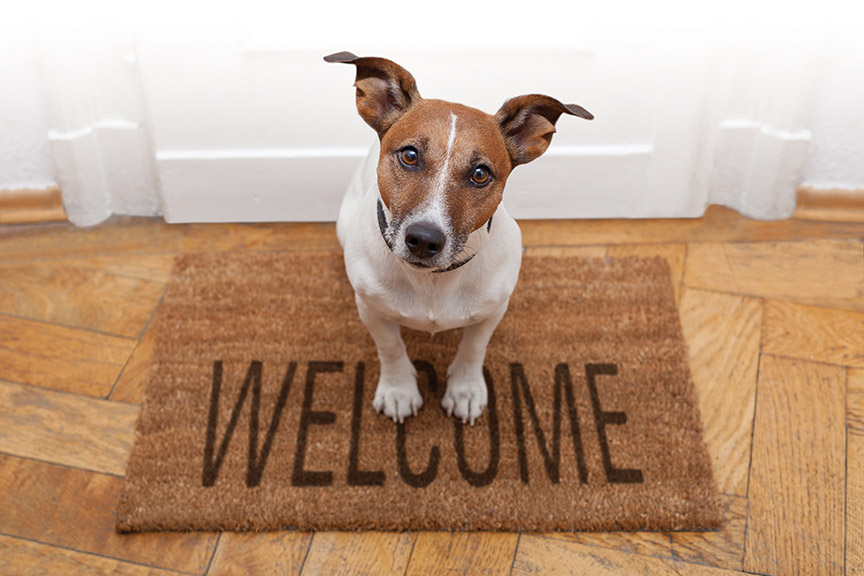Calming COVID cuties
Advertisement
Read this article for free:
or
Already have an account? Log in here »
To continue reading, please subscribe:
Monthly Digital Subscription
$0 for the first 4 weeks*
- Enjoy unlimited reading on winnipegfreepress.com
- Read the E-Edition, our digital replica newspaper
- Access News Break, our award-winning app
- Play interactive puzzles
*No charge for 4 weeks then price increases to the regular rate of $19.00 plus GST every four weeks. Offer available to new and qualified returning subscribers only. Cancel any time.
Monthly Digital Subscription
$4.75/week*
- Enjoy unlimited reading on winnipegfreepress.com
- Read the E-Edition, our digital replica newspaper
- Access News Break, our award-winning app
- Play interactive puzzles
*Billed as $19 plus GST every four weeks. Cancel any time.
To continue reading, please subscribe:
Add Free Press access to your Brandon Sun subscription for only an additional
$1 for the first 4 weeks*
*Your next subscription payment will increase by $1.00 and you will be charged $16.99 plus GST for four weeks. After four weeks, your payment will increase to $23.99 plus GST every four weeks.
Read unlimited articles for free today:
or
Already have an account? Log in here »
Hey there, time traveller!
This article was published 12/07/2022 (1244 days ago), so information in it may no longer be current.
Have you spent a lot of time alone with your so-called COVID puppy or kitten during the strictest parts of the pandemic?
They became your closest companions while you worked from home with limited social interactions.
Now that you are going back to the office and inviting friends over, especially during the holidays, you may have to teach your pets to adjust.

“We are definitely seeing a lot of what we playfully call COVID puppies and kittens,” says Dr. Colleen Fisher of the Manitoba Veterinary Medical Association, a mobile vet who specializes in animal behaviour services.
“With a ‘new normal,’ there’s definitely a transition.”
Suddenly leaving pets alone for extended periods could lead to “separation distress or anxiety.”
According to both Fisher and the Canadian Veterinary Medical Association, here are some signs of separation distress:
- Vocalization (whining)
- Salivation
- Destructive behaviour at exits
- Defecation indoors and/or unwanted locations
- Lack of appetite when left alone
- Self-trauma like licking or chewing things when left alone
- Attempted escapes
- Pacing, panting, slinking around the house, jumping on owner and attention seeking when pet sees owner preparing to leave
- Avoiding confinement areas
“We’re giving people some tricks to prepare their pets. When they’re left alone, they may be waiting four to six hours to go out to go to the bathroom instead of being let out whenever they want to go when you’re at home. So, start training them to go out less often when you’re at home with them so they can practise holding it longer,” Fisher says.
“We also teach relaxation exercises to calm themselves down. While some cats like to look out the window, it can result in more barking with dogs. So, if they’re left alone, don’t let them look out a street-side window or at least close the curtains so they can’t see out. Some dogs and cats like to watch TV, so you could leave the TV on for them so there is a noise there, which is relaxing for them. You can also leave food puzzles, like toys stuffed with treats that they have to work on to get out.”
Here is some added advice to address such distressed behaviour:
“Get your pets to sit in a certain spot, like a mat, and feed them treats.”
– Dr. Colleen Fisher of the Manitoba Veterinary Medical Association
- Tell your vet right away if it becomes serious
- Incorporate physical exercise, including at maximum speed, at least once a day
- Maintain proper nutrition and medical care
- Develop a routine
- Practise separation
- Take time to develop calm rest apart from owner
- Practise social interactions with family members
Some dogs, in particular, go a little crazy when new visitors start entering their homes.
“Get your pets to sit in a certain spot, like a mat, and feed them treats,” Fisher says. “When people come in, make your dog stay on the mat. Once people come in, get them to sit down and tell them to completely ignore the pet.”
Then dogs may no longer view new people as threats.

